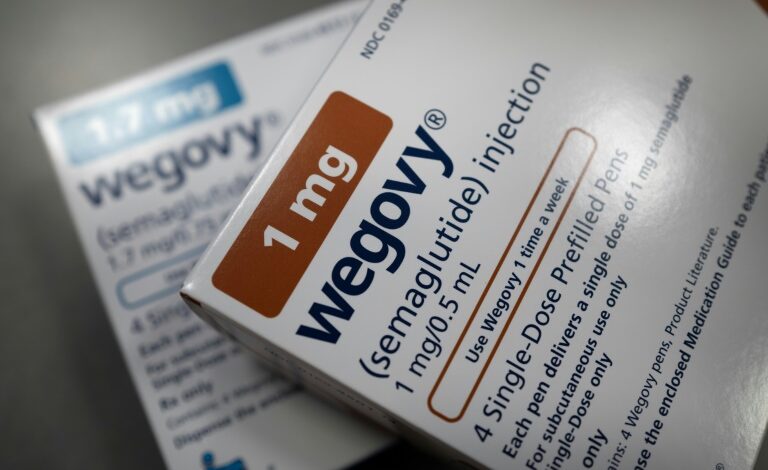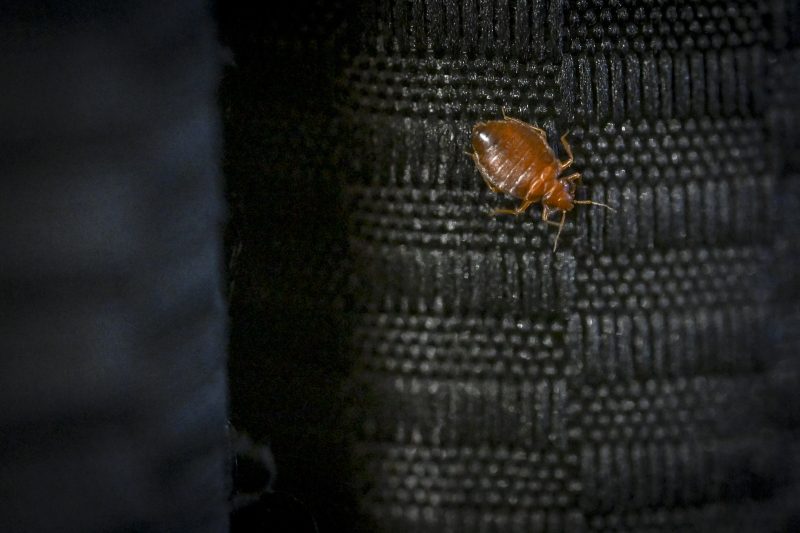Appetite Hormones Poised for Nobel Prize Recognition Monday

URGENT UPDATE: Groundbreaking research into appetite-regulating hormones is set to dominate the Nobel Prize in Medicine announcements happening Monday, October 2, 2023. Experts predict that the Nobel Prize will likely honor the pioneering work surrounding the hormone glucagon-like peptide 1 (GLP-1), a crucial player in the global fight against obesity and diabetes.
With over 1 billion people worldwide suffering from obesity, the potential recognition of GLP-1 research could not come at a more critical time. New medications utilizing GLP-1 agonists—such as blockbuster drugs Ozempic, Wegovy, and Mounjaro—have emerged as effective tools in combating these public health crises, making the spotlight on this hormone even more urgent.
Lars Brostrom, science editor at Sveriges Radio, remarked, “Many are guessing that it (the Nobel Prize in Medicine) will go to the people behind GLP-1,” highlighting the anticipation surrounding this announcement. If awarded, it may reaffirm the dominance of US researchers in the Nobel landscape, as the prizes are set to be revealed this week in Stockholm.
However, this year’s spotlight on GLP-1 comes amid troubling developments in US science funding. Since January, 2,100 research grants totaling approximately $9.5 billion have been terminated by the US National Institutes of Health (NIH), due to budget cuts imposed by the Trump administration. Hans Ellegren, secretary general of the Royal Swedish Academy of Sciences, warned, “When they now start cutting research funding, it threatens the country’s position as a scientific leader.”
The Nobel Prize could serve as a crucial acknowledgment for the individuals behind GLP-1 research, which includes Danish physician Jens Juul Holst and Harvard professor Joel Habener, along with Canadian endocrinologist Daniel Drucker and American chemist Svetlana Mojsov. The discovery of GLP-1 dates back to the 1980s, meaning its time for recognition could align perfectly with the current public health urgency.
In addition to GLP-1, the Nobel spotlight may also shine on ghrelin, another appetite-regulating hormone linked to two Japanese researchers, Kenji Kangawa and Masayasu Kojima. David Pendlebury, from research analysis firm Clarivate, forecasted that honoring ghrelin research would create a compelling narrative alongside previous discoveries like leptin, identified by geneticist Jeffrey Friedman in 1994.
Further predictions for the Nobel season include recognition for the work of German professor Andrea Ablasser and American virologist Glen N. Barber, who have contributed to understanding the cGAS-STING pathway, a vital mechanism in innate immunity. Canadian biologist John E. Dick may also be in contention for identifying leukemia stem cells and their role in therapy failures.
As the Nobel season progresses, the Nobel Prize in Physics will be announced on Tuesday, October 3, with buzz surrounding metamaterials and British physicist John B. Pendry‘s theoretical “invisibility cloak.” The Chemistry Prize follows on Wednesday, while the Literature and Peace Prizes will be revealed later in the week, concluding with the Economics Prize on October 13.
As anticipation builds for the Nobel Prize in Medicine, the implications of recognizing appetite-regulating hormones could resonate far beyond the awards stage, influencing public health policy and scientific funding priorities globally. Stay tuned for immediate updates on the winners as they unfold!






